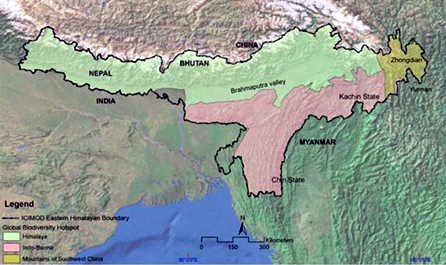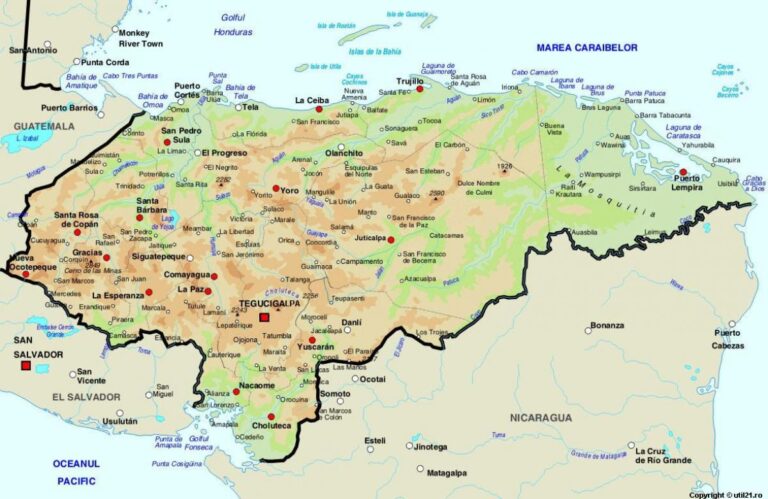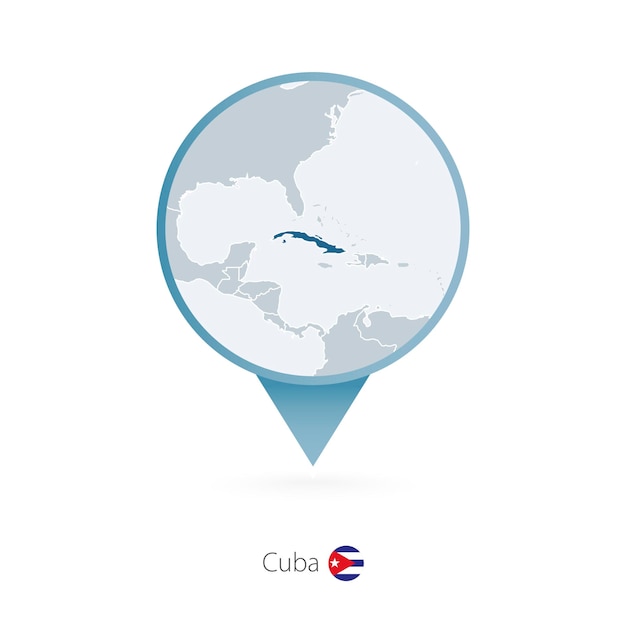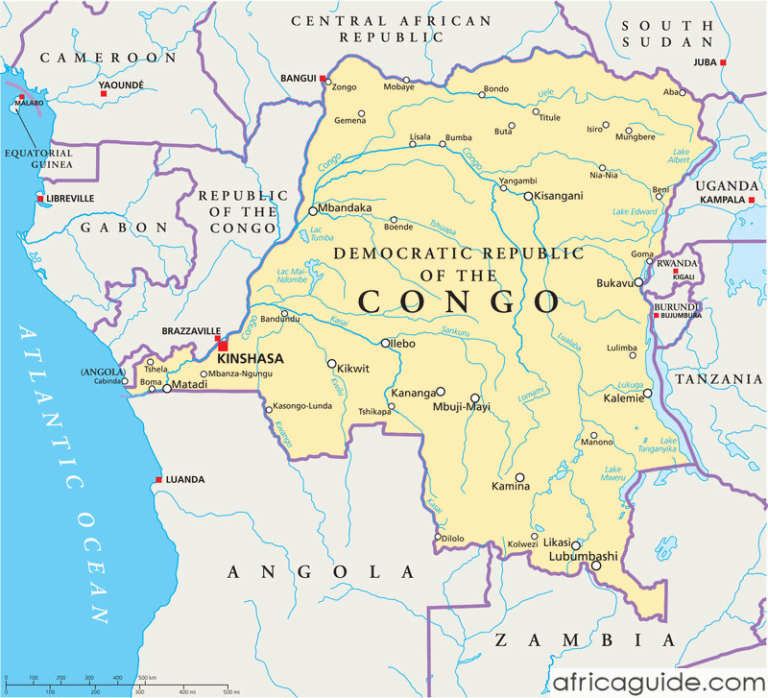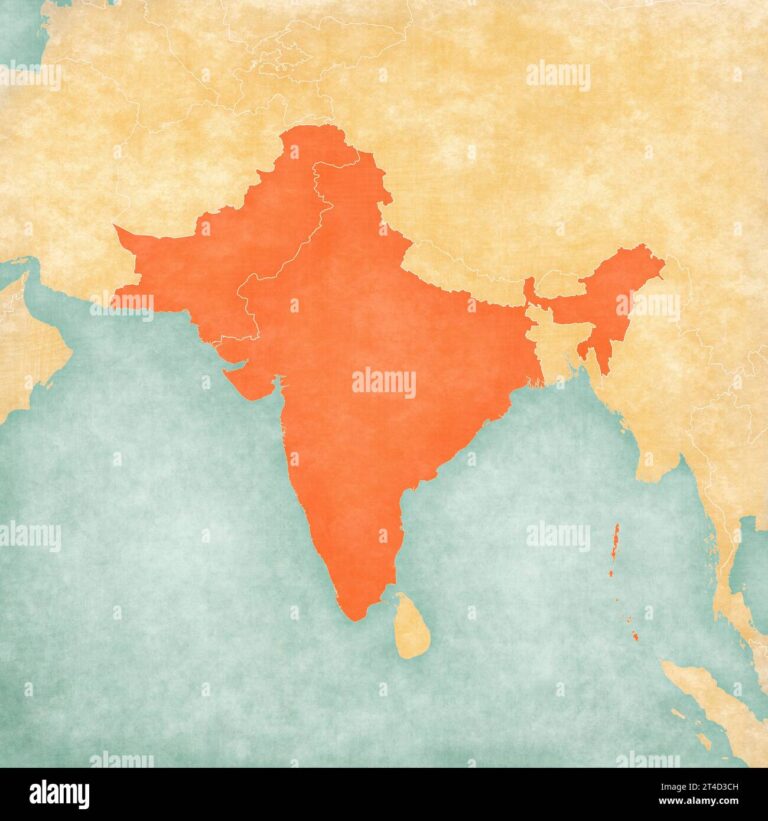Costa Rica Neighbouring Countries on the Map
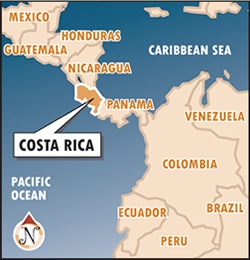
Costa Rica’s Neighbors
So let’s chat about Costa Rica! It’s tucked away in Central America, snuggled between Nicaragua and Panama. Getting to know Costa Rica’s neighbors helps paint a picture of its place and pals in the region.
Countries Sharing Borders
Costa Rica rubs elbows with just two countries. Up north, it’s Nicaragua, and down southeast, it’s Panama. Ah, and don’t forget, Costa Rica’s also got some fancy water pals—the Caribbean Sea’s hanging out to the northeast, while the Pacific Ocean chills to the southwest.
| Border Type | Neighboring Country | Border Length (km) |
|---|---|---|
| Northern Border | Nicaragua | 309 |
| Southeastern Border | Panama | 330 |
| Northeastern Coastline | Caribbean Sea | – |
| Southwestern Coastline | Pacific Ocean | – |
Costa Rica’s in a sweet spot, acting as a bridge between North and South America. Those borders stretch for 309 kilometers with Nicaragua and 330 kilometers with Panama. Plus, with a whopping 1,290 kilometers of coastline, it’s a top pick for surf lovers and nature buffs. Imagine the wild beaches and critter-filled jungles!
Interested in who shares borders with places like Albania or Argentina? We’ve got you covered with those tales too: Albania’s Neighbors and Argentina’s Neighbors.
By knowing Costa Rica’s neighboring countries and its watery bounds, you get why it’s a big deal in the region. These borders not only define Costa Rica’s shape but also its connections and friendships in its neck of the woods.
Nicaragua: The Neighbor Upstairs
Nicaragua’s hanging out right above Costa Rica, sharing a border that’s been both a bridge and a battleground over time.
Neighborly Geography
Costa Rica and Nicaragua’s boundary’s a shared stretch along the San Juan River, thanks to an old handshake deal called the 1858 Treaty of Cañas-Jerez. The river’s like that imaginary line you draw between your space and your sibling’s—even if you both keep crossing it. Costa Ricans can paddle down the river without disrupting the peace, according to an agreement made eons ago (Council of the Americas).
This natural border’s been a real game changer when it comes to how these two have interacted over the years.
Clash of Histories
Costa Rica and Nicaragua’s back-and-forth hasn’t been all sunshine and rainbows. The biggest beef often circles back to what was written (or not) in that 1858 treaty. Cleary laying out the border’s line, it also left a door open for mix-ups on who gets what stretch of land along the San Juan River.
Back in December 2011, Nicaragua had a bone to pick, marching up to the International Court of Justice (ICJ) waving concerns about sovereignty and some environmental nose-thumbing because of Costa Rican digs too close to the line. In 2018, the ICJ stepped in with a judge’s gavel, saying most of that quarrelsome land belonged to Costa Rica. Meanwhile, that nice little 3 km of beach was Nicaraguan turf, and both had to draw a fresh map of their sea spaces together. Oh, and Nicaragua had to owe up for the mess (ICJ).
The waters got choppy in 2010, when Nicaragua decided to do a little river-cleaning on the San Juan and set up camp on land Costa Rica claimed. The OAS had to play the adult at the kids’ table, making sure both kept their toys in their own yards and hashing things out with words instead of sticks (The Economist).
And here’s a history flashcard: The tussles between local workers and the United Fruit Company years back also rocked the social climate in Costa Rica.
| Event | Year | Who Got What? |
|---|---|---|
| Treaty of Cañas-Jerez | 1858 | Border drawn along the San Juan |
| ICJ Verdict | 2018 | Costa Rica nabbed most disputed areas, Nicaragua got some beach time, plus a bill for eco-snafus |
Curious souls might also check out how borders look for countries like Afghanistan or Argentina for some comparison notes.
Panama: The Southern Neighbor
Panama shares its northern border with Costa Rica, making them important pals in the region.
Geographical Overview
Panama cozies up to Costa Rica on the northwest and Colombia on the southeast. Squeezed between the Caribbean Sea to the north and the Pacific Ocean to the south, this narrow strip of land—an isthmus—links North and South America. This spot turns Panama into a champion for global shipping and trade. The whole place is a bit smaller than South Carolina over in the USA.
| What It’s Like | Details |
|---|---|
| Costa Rica Border | Northwest feel |
| Colombia Border | Southeast vibe |
| Watery Neighbors | Caribbean Sea (up north), North Pacific Ocean (down south) |
| Size Wise | Tweensy bit smaller than South Carolina |
Strategic Isthmus
Panama’s got a gold star on the map. This country boasts the Panama Canal, a superstar waterway that’s a game changer for trade between the Atlantic and Pacific Oceans. It speeds up shipping like nobody’s business, giving a big economic hug to nations all around, including Costa Rica.
The Panama Canal means Costa Rica can move imports and exports at lightning speed without blowing the budget. With Panama’s primo location, it’s like a secret handshake between nations, boosting trade and money moves across the Americas.
To dig up more on nearby nations and their map spots, don’t miss our reads on Afghanistan’s neighbors, Albania buddying up, and Colombia crossing paths.
Impact on Costa Rica
Costa Rica shares its borders with Nicaragua to the north and Panama to the south, and boy, do these neighbors pack a punch when it comes to shaping the country’s scene. From dollars to dramas, their influence is everywhere.
Economic Influences
Costa Rica is kind of like the straight-A student when it comes to economic stability, not to mention the booming success it’s seen lately. The country wasn’t sleeping back in 2011 with a GDP of $41.3 billion, but come 2018, it was flexing $59.0 billion. A key star in this success story? Foreign money rolling in. Remember when Intel set up shop in ’98? Yeah, that micro-processing plant really kicked exports into overdrive (Encyclopedia).
And who doesn’t love a good vacation? Tourism is another major player, attracting global travelers, creating loads of jobs, and fattening wallets all around. Whether they’re beach bums from other continents or road-tripping Nicaraguans and Panamanians, every visitor adds to Costa Rica’s economic party.
Here’s a snapshot of that GDP growth in Costa Rica:
| Year | GDP (US$ Billion) |
|---|---|
| 2011 | 41.3 |
| 2015 | 52.6 |
| 2018 | 59.0 |
Trade with Nicaragua and Panama? Oh yeah, that’s a big deal, too. It means goods and services swapping hands across borders, with everybody raking in the benefits.
Social Dynamics
Now, the social vibes between Costa Rica and its neighbors are a mixed bag of intricate cocktails. Migration, culture swaps, and trading natural treasures – these all shake things up.
Take migration, for example. A lot of folks from Nicaragua move to Costa Rica hoping for better jobs and living situations. These new arrivals start kickin’ it with Costa Ricans, which manages to spice things up on the cultural and workforce fronts.
Culturally speaking, these countries are more like siblings than strangers. Sure, each has its quirks, but their shared history means they overlap a bunch in food, festivals, and all that jazz, reflecting flavors from both sides.
Oh, and let’s not forget the eco-challenges. Rivers and natural resources are like shared toys that everyone needs to play nice with. Managing these together is essential for keeping the environment healthy and everybody friendly.
For more on how neighboring countries mix and mingle, check out what goes down with Albania, Argentina, and Australia.
Seeing how Nicaragua and Panama influence Costa Rica gives a peek into the love-hate tug-of-war that shapes the region.
Border Disputes
Costa Rica and its neighbors, Nicaragua and Panama, have had their fair share of border disagreements over the years. Let’s take a quick ride through the key agreements and legal decisions that have shaped the current borders.
Treaty of Cañas-Jerez
Back in 1858, Costa Rica and Nicaragua inked the Treaty of Cañas-Jerez. A big deal back then, this treaty decided the San Juan River would mark their main border. Costa Rica got the thumbs up for using the river for business, which seemed fair enough at first glance.
| Year | Treaty Name | Key Provisions |
|---|---|---|
| 1858 | Treaty of Cañas-Jerez | San Juan River as border; navigation rights for Costa Rica |
But, as with many agreements, things got dicey when the two countries didn’t see eye to eye on exactly what the treaty said – especially who got to control the river and its neighboring lands.
International Court of Justice Rulings
The International Court of Justice (ICJ) has been like a referee in a heated soccer match, stepping in to sort out the mess between Costa Rica and Nicaragua. In 2011, the court told both countries to keep their folks out of the disputed river areas.
Then, in 2018, the ICJ made it clear that most of the contested land belonged to Costa Rica. They also tossed a little bone to Nicaragua, giving them a strip of beach while also saying they had to cough up some cash to Costa Rica for messing up the environment out there (International Court of Justice).
| Year | Ruling Entity | Key Decisions |
|---|---|---|
| 2011 | International Court of Justice | Required removal of personnel from disputed areas |
| 2018 | International Court of Justice | Finalized mutual maritime border; awarded territory to Costa Rica; required Nicaragua to pay compensation |
On March 8, 2018, Nicaragua forked over US$378,890.59 to Costa Rica – a tidy sum the ICJ said was due for the environmental havoc caused during their squabbles (International Court of Justice).
For a look beyond these geographical dramas, readers can wander over to articles on albania neighboring countries and belize neighboring countries.
Resolution Efforts
Role of International Organizations
When we talk about keeping the peace between Costa Rica and Nicaragua, international groups jump right into the action. Take, for example, the Organisation of American States (OAS). Back in the heated days of 2010, when things got tense with Nicaraguan forces hanging out where Costa Rica said, “No way, that’s ours!”, the OAS stepped in. They put their foot down and told both countries, “Hey, let’s chill! Troops out, and let’s chat it out.” (The Economist).
The OAS wasn’t messing about. Their big boss even dropped by both countries, getting the skinny on what was happening while leaning on both sides to sort it all peacefully.
And let’s not forget the International Court of Justice (ICJ). They jumped into the fray when Costa Rica had enough and went legal on Nicaragua in November 2010. The word on the street was that Nicaragua was squatting on Costa Rican land. Not to be outdone, Nicaragua shot back a year later, pointing fingers at Costa Rica for invasive maneuvers and cracking their environmental egg (International Court of Justice).
Path to Peace
Getting these neighboring countries to play nice hasn’t been a small job. In March 2011, the ICJ threw down a big ruling—both countries needed to keep their folks out of the sticky territory. That cooled things down a bit (The Tico Times).
Fast forward to 2018 when the ICJ laid down a once-and-for-all kind of deal. They mapped out the San Juan River border like grandma icing a cake—precise. Finally, everyone knew where the line was, hopefully keeping the peace purring along.
Thanks to the hard-hitting diplomacy and court wisdom from outfits like OAS and ICJ, these two are like the friendly neighbors who sometimes borrow sugar but mostly don’t slam doors. With a lot of back-and-forth chats and paper-signing, they’ve encouraged a quieter, better vibe along the border.
Curious about other international efforts in patching things up around borders? Check out our reads on Afghanistan neighboring countries and Argentina neighboring countries.

